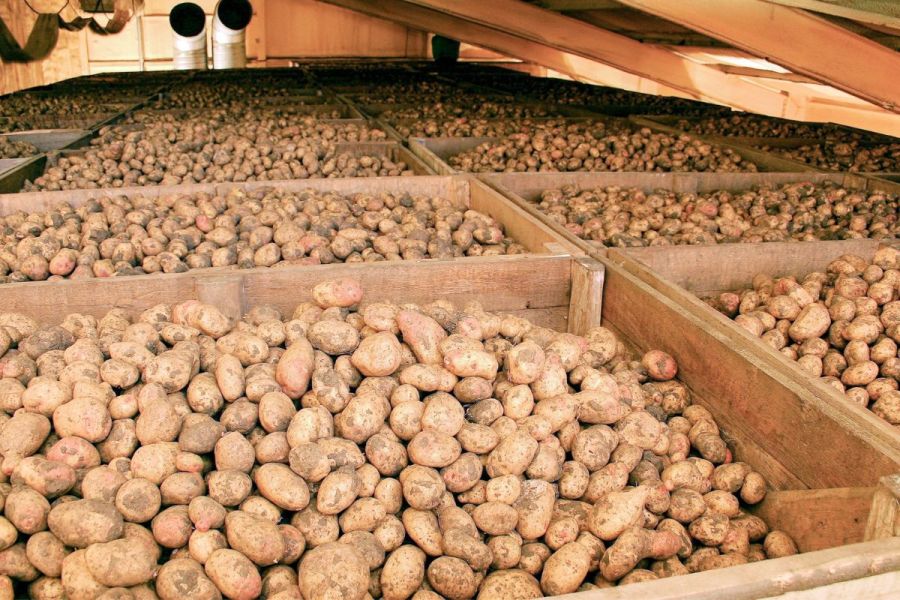CIPC was a staple in potato sprout suppression for decades but the legacy residues it leaves behind are putting UK storage capacity at risk.
That’s according to GB Potatoes’ Graham Bannister, who stresses that it’s critical the industry continues to supply monitoring data.
Temporary Maximum Residue Level
It’s required because as of 10 April 2024, the Chemicals Regulation Division (CRD) set a temporary Maximum Residue Level (tMRL) for CIPC at 0.35mg/kg. As this threshold is reviewed annually, its continuation depends entirely on whether the industry can provide evidence that it’s still necessary, explains Graham.
“If we can’t demonstrate that a tMRL above the limit of detection (0.01 ppm) is still required, stores with historic CIPC use may no longer be usable. The consequences for growers, packers, and the wider supply chain would be significant.”
Data collected last year suggests that without the tMRL, 22.5% of storage facilities would have exceeded the detection limit, meaning they wouldn’t have been permitted for use had the limit been set to the detection threshold.
“That’s why it’s so important to keep the data flowing,” adds Graham. “Most growers already have access to the necessary data through the likes of customer testing of potato samples or Red Tractor certification sampling.”
Equally, this is where the CIPC Residue Monitoring Group (CRMG) steps in – coordinating the anonymised data submission to CRD on behalf of the entire industry. To submit data, send it to Adrian Cunnington at adrian@potatostorageinsight.com . This will then be anonymised before being submitting it to CRD.
New samples for 2025
Importantly, for the 2025 CRD submission, CRMG requires at least 125 new samples. “If you have potato stores previously treated with CIPC and are holding crops for at least two months this season, please provide at least one of your regular multi-residue test results,” requests Graham. The form can be accessed via https://www.gb-potatoes.co.uk/




